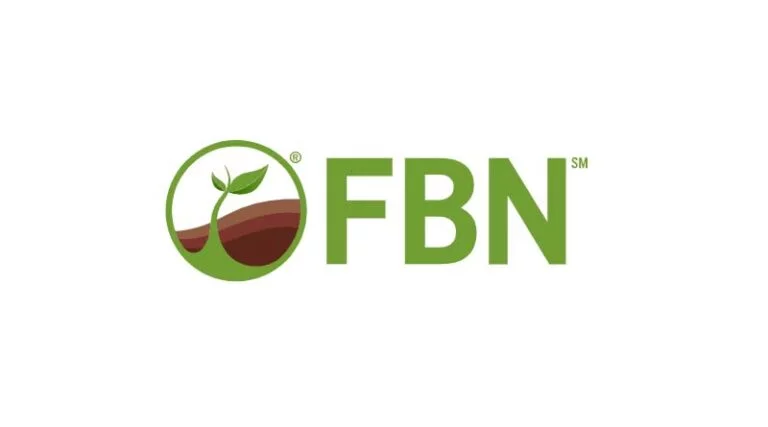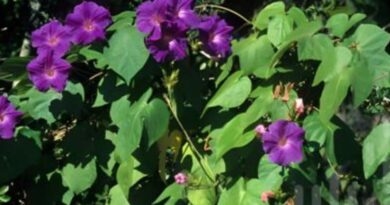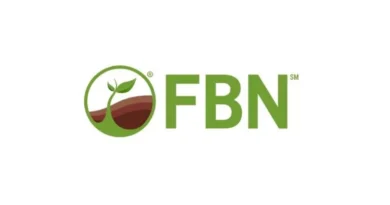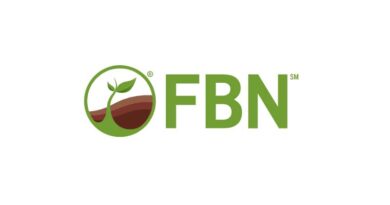How to Manage Waterhemp in Soybeans
16 January 2024, UK: Waterhemp (Amaranthus tuberculatus), a summer annual weed from the pigweed family, has become a significant concern for soybean fields throughout the Midwest. Its rapid growth rate, high seed production, and resistance to multiple herbicide classes make it a formidable foe. A single Waterhemp plant can produce up to a million seeds.
According to the University of Missouri Extension, even a moderate Waterhemp infestation can slash soybean yields by 44%.
Waterhemp impacts soybean plants in several significant ways:
1. Resource Competition: As a highly competitive weed, Waterhemp vies with soybean plants for water, nutrients, and sunlight. This competition can stunt growth and reduce yields in soybean plants.
2. Harvesting Interference: Mature Waterhemp plants can disrupt combine operation during soybean harvest, leading to increased harvest time and cost.
3. Herbicide Resistance: Waterhemp’s resistance to multiple classes of herbicides complicates its control. This resistance can lead to increased herbicide use, resulting in higher production costs and potential environmental impacts.
This post will outline:
- How to identify Waterhemp
- Geographic impact of Waterhemp
- Timing of Waterhemp
- How to manage Waterhemp in soybeans
How to Identify Waterhemp
Waterhemp, a tall, erect, branching plant, can reach heights of up to 8 feet. It boasts long, narrow leaves that are typically smooth and shiny. The stems, hairless and varying in color from green to red, support small, green flowers found on long, slender spikes at the top of the plant and in the leaf axils.
While Waterhemp seedlings may be challenging to distinguish from other pigweed species, mature plants reveal distinct characteristics. The absence of hair on the stem and leaves, longer and narrower leaves, and more prolific branching differentiate Waterhemp from its pigweed relatives.
Geographic Impact of Waterhemp
Native to the Midwest, Waterhemp has expanded its reach to other parts of the United States and Canada. It is commonly found in corn and soybean fields, pastures, and roadsides.
Timing of Waterhemp
Unlike other weeds, Waterhemp typically emerges later in the growing season, from late spring through mid-summer, posing a threat throughout the entire growing season.
How to Manage Waterhemp in Soybeans
Accurate identification, understanding its impact, and implementing effective management strategies are paramount in controlling this persistent weed.
To manage Waterhemp in soybeans, consider two products: Willowood Sulfen Chlorim and Enlist One™. Willowood Sulfen Chlorim, an herbicide containing Sulfentrazone and Chlorimuron ethyl, is labeled for use with soybeans specifically for controlling Waterhemp. Enlist One™, an herbicide containing 2,4-D choline salt, is also labeled for use with soybeans to manage Waterhemp.
For Willowood Sulfen Chlorim, refer to the specimen label for specific application rates. Similarly, for Enlist One™, the recommended application rates are on the specimen label. Following the instructions provided on the labels ensures proper and effective use of these products.
Also Read: Meghmani Organics Limited forays into crop nutrition segment with Nano Urea
(For Latest Agriculture News & Updates, follow Krishak Jagat on Google News)















